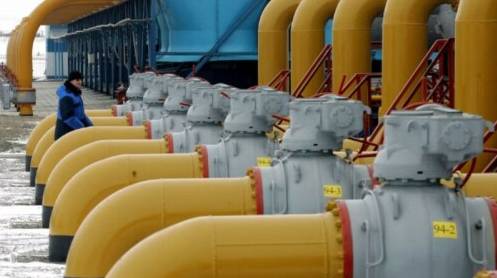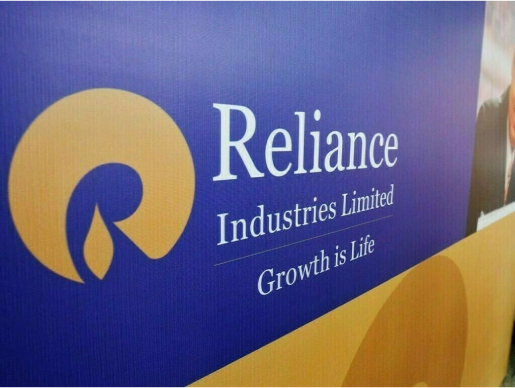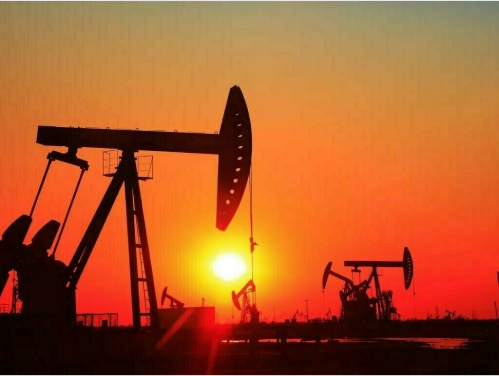This is a dire warning that the economic recovery from the Covid crisis is currently anything but sustainable for our climate… Unless governments around the world move rapidly to start cutting emissions, we are likely to face an even worse situation in 2022.’ – Fatih Birol, Executive Director, International Energy Agency (IEA)
The world saw widespread lockdowns in 2020 due to the pandemic, and although no one desired seeing, fall in global greenhouse gas emissions, as a result of Covid-related lockdowns and deep recession, yet it did happen, whereby fossil fuel – coal, gas, and oil – as a whole fell by around 2 gigatonnes in terms of year-on-year basis. Having said that, a recent article ‘Greenhouse-gas emissions are set to rise fast in 2021’ in Economist pointed out the temporary nature of this dip in emissions, and hence producing no long-term effect on overall climate change phenomenon. According to the article, ‘Indeed, global energy-related carbon emissions fell by 5.8% in 2020, or nearly 2 gigatonnes of carbon dioxide, thanks to reduced demand for oil, coal and gas. Such a reduction, alone, would have no long-term impact on global temperatures, which depend on cumulative emissions in the atmosphere. …In its latest Global Energy Review, the IEA predicts that energy-related carbon-dioxide emissions will rise by 1.5 gigatonnes to 33 gigatonnes in 2021, an increase of almost 5%. In absolute terms this would be the largest increase since 2010.’
In addition to virtually nullifying the reducing impact on greenhouse emissions, increasing demand for fossil fuel would mean rising prices for coal, gas, and oil, and in turn, greater import payments for countries like Pakistan whose energy demand is heavily based on these three sources of energy. Moreover, the same Economist article pointed out that while renewable energy production has shown a significant growth, yet the positive impact of this is likely to be ‘eclipsed’ by rise in fossil fuel usage. In this regard, the article pointed out: ‘The IEA expects renewable-energy generation to rise, too. In 2021 renewable sources will account for 30% of global electricity, its largest ever share. Wind and solar power is on track for its largest rise in history. But even these achievements will be eclipsed by the increased use of fossil fuels to meet global energy demand, which is expected to grow by 4.6%. If such predictions are borne out, 2020 will have been little more than a temporary dip in the world’s emissions, not a turning-point.’
The existential threat of climate change crisis is fast approaching, and has already started to show its impact in terms of significant changes in many natural phenomena like floods, wildfires; it even has a meaningful role to play in the breakout of the pandemic. Hence, the world needs a ‘turning point’ and not a ‘temporary dip’ in dealing with climate change. That is why COP21 agreement in 2015 called for concrete long-term actions by individual countries to meaningfully reduce global warming. Slow progress on these agreed commitments indicates that there is indeed more talk than action by countries. As the world prepares for COP26 to be held in November in the UK, the world should quickly take concrete actions to show much greater commitment to the agreement made in 2015.
One of the cornerstones of the 2015 Paris Agreement (or COP21) was that rich countries would provide climate-related financial assistance to developing countries, to support them, in turn, to shift their energy production base to renewable energy sources. Yet, given a lackluster response by rich countries UN Secretary General António Guterres indicated, according to an article in the Guardian in December 2020 that ‘Rich countries will miss a key promise they made to the poor world on the climate crisis by failing to provide the money necessary for them to cope with its effects, damaging the prospects for global action…. Developing countries were supposed to receive at least $100bn (£75bn) in financial assistance from public and private sources this year and in future years to help them cut greenhouse gas emissions and deal with the ravages of extreme weather. The promise was one of the cornerstones of the 2015 Paris agreement and will be a key element of next year’s Cop26 climate talks.’
That was the situation around four months ago, and not much has changed since then. A similar message was voiced in a recent virtual summit, which the White House hosted, and which was attended by 40 world leaders. A recent Guardian article ‘Wealthy nations failing to help developing world tackle climate crisis” by Fiona Harvey pointed out that recognition in the summit of the damaging impact of rich countries not providing promised climate-related financial assistance to developing countries, both in terms of negative consequences on environment, but also in burdening developing countries in terms their debt situation, which among other reasons like stimulus spending in the wake of pandemic-caused deep recession, saw an increase due to debt taken to deal with rising negative impacts of climate change crisis.
In this regard, the article argued: ‘Without climate finance, poor countries face a bleak future of extreme weather, water and food shortages, and climate-driven migration, which all threaten to reverse decades of progress in lifting people out of poverty. Many governments are also being wooed by fossil-fuel developers eager to exploit coal, oil or gas fields in exchange for cash. The problem is compounded by new waves of the Covid-19 pandemic, and poor countries are seeing debts soar and the cost of borrowing rise. Gaston Browne, who is prime minister of Antigua and Barbuda… told the summit the problem was spiraling out of control: “The debt of small states has risen to unsustainable levels because of repeated borrowing to rebuild and recover from natural disasters arising from climate change”.’
In a World Economic Forum (WEF)-published article of PM Imran Khan on November 25, 2020, a similar message was articulated: ‘Climate action by the developing countries, however, has to be based on the established principles of Equity and Common but Differentiated Responsibilities and Respective Capabilities (CBDR-RC) – as agreed under the United Nations Framework Convention on Climate Change (UNFCCC) and its Paris Agreement. It is also vital that developing countries are supported with enhanced climate finance, appropriate technology transfer and supportive capacity-building. In this regard, the existing pledge by the developed countries to mobilize $100 billion annually in climate finance for the developing countries remains critically essential, but as yet unfulfilled.’
In her same article, Fiona Harvey highlighted ‘The prime minister [of the UK] knows that the G7 represents one of the last chances to get climate finance right before Cop26, the UN climate summit in Glasgow in November. Developing countries can block agreement at Cop26 if they feel they have been let down on aid, so gaining their trust and cooperation will be vital. In that effort, Johnson faces a hurdle of his own making: his decision to slash overseas aid spending from 0.7% of GDP to 0.5% has been viewed with despair and disbelief by climate experts and developing countries, who fear it will be copied by other rich countries. Alok Sharma, the UK’s Cop26 president, has repeatedly emphasised that climate spending is ringfenced within the UK aid budget, but that has cut little ice amid the broader shock at the UK’s stance.’
This reflects the depth of the crisis, whereby even after around four months when the UN Secretary General made the remarks that ‘We need to gain confidence in the developing world. And one of the key instruments of confidence is to implement what was promised and the commitments that were made. And one of those commitments is $100bn’ rich countries have still not taken any serious steps to show proper commitment towards providing pledged climate-related financial assistance to developing countries.’





